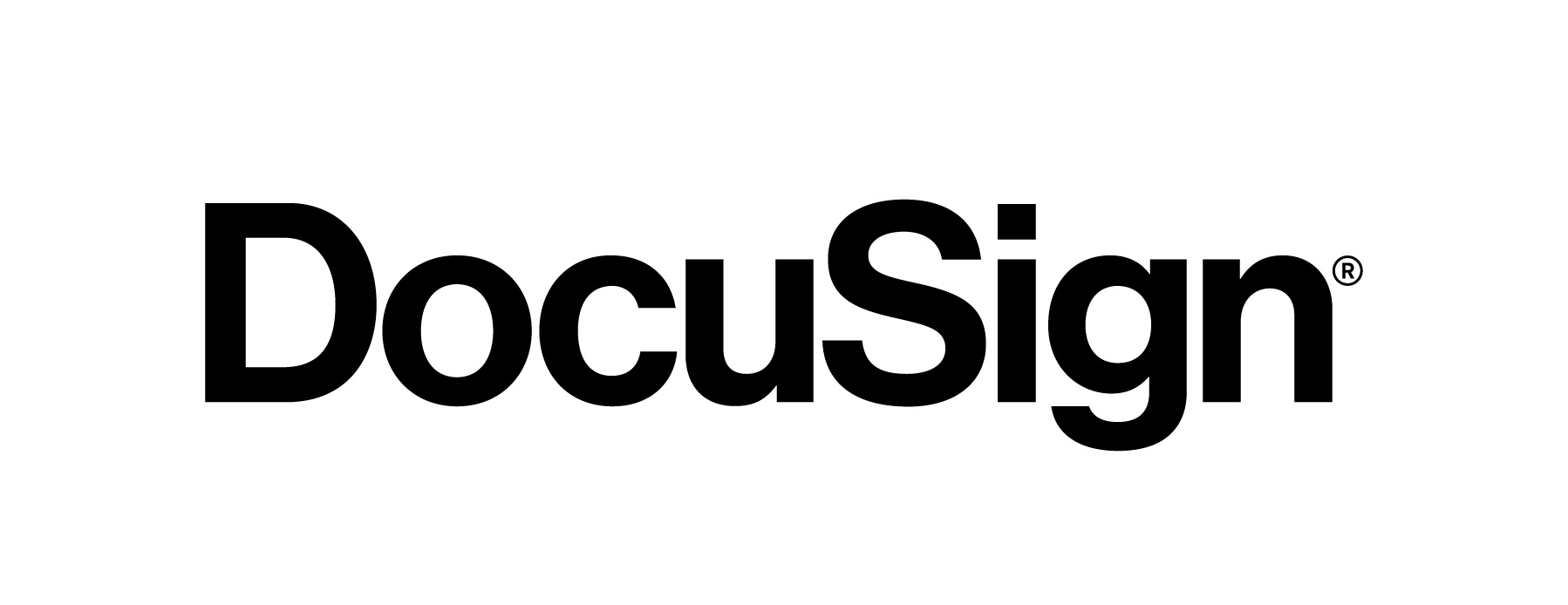How to Advance the Paperless Government Mission
Presented by
DocuSign

In the civilian arena, being mission focused has never been more important, especially as the COVID-19 pandemic continues to challenge our nation.
The pandemic has taught us that the old way of doing business is over. Almost overnight, hundreds of thousands of government and military employees found themselves working remotely like everyone else, with their agencies scrambling to adjust.
Fast forward to today, we are in an always-on, digital world. Whether faced with a global crisis or not, citizens have high expectations of the government to offer self-serve, mobile-friendly, digital tools that are available 24/7.
In a time where rapid and effective response is paramount, government agencies need to move away from cumbersome mountains of paperwork that hinder success. Every year, government agencies spend a combined $38.7 billion on paper-intensive, manual processes that have nothing to do with their missions.
The time and money that could be spent creating value is wasted on paperwork that frustrates both citizens and government employees, and creates unnecessary risk. Now is the time to advance the paperless government mission to adapt to the new world.
Moving Away from a “Federal Department of Paperwork”
In addition to the astounding $38.7 billion spent on paper-intensive, manual processes each year, there are 23,000 unique forms currently used across 66 government agencies that deal with the public, around half of which are paper or printable-only forms that require manual processing.
To put this in perspective, if there were a “Federal Department of Paperwork,” it would have the seventh largest budget of any government agency – greater than that of the Treasury, EPA, NASA, and others.
Each year, individuals and businesses spend 11 billion hours on government forms: reading instructions, printing them out, filling them out, sending them in (often by mail), and correcting errors. The cost to the public, even with some digital options, is estimated to be $117 billion annually. This is the equivalent of a 7 percent income tax increase for every taxpayer.
A More Agreeable Government
The business world runs on agreements. Government business is no exception. As a staple of government, forms are simply templates for agreements that must be prepared, signed, acted on, and managed.
Agreements are also used for internal activities – from facilities and IT to human resources, procurement, and inter-agency business. This includes everyday critical paperwork like timesheets to ensure that employees keep getting paid, invoices, HR forms (I-9s), and contracts. When agreements can be done faster with less risk and lower cost, citizens, employees and government administrators all have better digital experiences.
Citizens are able to fill out forms, sign agreements, and submit them all electronically, at any time, from any place, on nearly any device. Government employees are empowered then with the right digital tools that make their jobs easier. And, government administrators are able to save money, while also being more compliant with new laws and regulations.
How to Get There in Three Steps
The first step is to find the right electronic signature provider that can set you up for greater success at every milestone down the road – and for greater efficiencies across your entire agreement process, not just at the moment of signing.
It’s best to choose a solution that citizens and employees already know and trust to lower your agency’s cost of supporting adoption. Along the same lines, it’s best to choose a solution that easily integrates with your existing business applications.
By partnering with a provider that offers a comprehensive solution for streamlining the entire agreement process, both defense and civilian agencies can build a solid foundation for future innovation. The most ideal partner should be DoD IL4 and FedRAMP authorized to meet rigorous DISA and federal standards for security.
The second step is to ensure that the e-signature provider can help prioritize modernization efforts for optimal efficiency and customer experience. At a minimum, digitize paper-only forms, but the goal should be to make every form digitally fillable, signable and searchable – from nearly any mobile device.
The third step is to modernize the agency’s entire system of agreement. This includes all the people, processes and technologies involved in the entire agreement process – from preparing, negotiating and signing documents to acting on terms and managing completed agreements.
By selecting the right provider from the start, it’s much easier to modernize the full system of agreement to accelerate any process.
More than 1,300 federal, state and local government agencies in all 50 states use DocuSign to work remotely with electronic forms, agreements, applications, correspondence management and approval processes.
This digital transformation has allowed government to focus on the mission by eliminating manual tasks around signing, routing and filing government paperwork.
It has also enabled more efficient remote working, while meeting the highest security standards through DocuSign’s FedRAMP moderate level (PII/PHI data) and the new DoD IL4 authorization. These authorizations offer peace-of-mind and accountability with built-in audit trails that stand up in court.
A Better Response
A more agreeable government is vital during a time of a pandemic. DocuSign has helped national, state, and local governments as they reallocated resources to protect citizens and emergency workers during the COVID-19 pandemic.
One of the world’s largest cities needed to coordinate suppliers of industrial safety equipment to redirect items like masks and face shields for use in hospitals and health centers. DocuSign worked with the city’s technology staff to implement a solution. Suppliers use an eSignature PowerForm to provide the necessary information and to authorize the transaction. As a result, hundreds of thousands of items have already been redistributed.
For another large city, the public health agency wanted to maximize compliance by requiring infected people to sign their quarantine orders. For obvious reasons, the city wanted to avoid delivering quarantine orders for signature in-person. DocuSign was able to help the city quickly field an e-signature-based solution.
Finally, DocuSign helped agencies to continue doing their work in remote environments by establishing or expanding eSignature availability across agency functions.
The Paperless Government Mission is Now
As the COVID-19 pandemic has taught us, now is the time for government – whether civilian or defense – to be highly responsive to both national security and citizen needs. Embracing the new paperless mission will help truly modernize government by removing the mountains of paperwork, paving the way for a more agreeable future for citizens, employees, warfighters and administrators.
This content is made possible by our sponsor Docusign; it is not written by and does not necessarily reflect the views of GovExec's editorial staff.
NEXT STORY: From Crisis to Continuity: Cloud Will Enable the Public Sector During and After COVID-19



